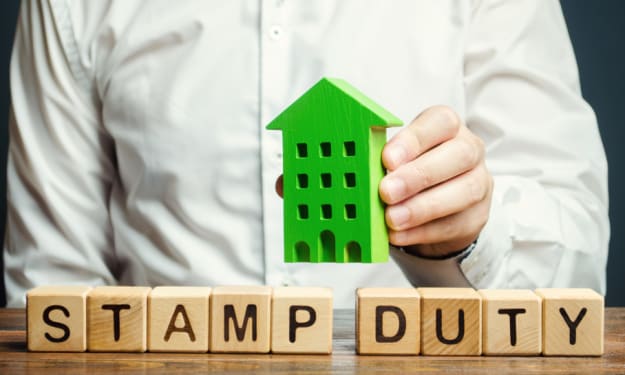How to Read a UK Company's Balance Sheet
Readout blog to get to know how to read a company's balance sheet

A lot of private investors have no idea how to read a balance sheet so they seek the help of cheap accountants in London.
This creates a slew of issues because they can't determine the company's financial health or make correct investment decisions based on the financial statements.
Furthermore, an investor's inability to comprehend financial statements can prevent them from recognizing the red flags that a bad balance sheet usually reveals. A private investor who invests in a bad business risks losing all of their profits.
Small business accountants in London will teach you how to read a balance sheet, how to interpret it, and how to use the knowledge to make informed decisions based on it.
What is a balance sheet and how does it work?
A balance sheet is at a certain stage a picture of the financial health of a business. This is why looking at balance sheets from previous years will help you spot material changes.
A balance sheet is broken down into three sections:
• Assets
• Liability
• Equity
Let us examine, beginning with properties, what each of these words actually implies.
Assets:
Both the debt holders and the equity holders own a company's properties. They are company-owned assets that can be both intangible (such as the Coca-Cola brand) and tangible (such as a building) (such as property, plant, and equipment).
Assets of various types
- Assets currently in use: A current asset is one that can be exchanged for cash, consumed, or used within the current fiscal year. Current assets include currency, trading and inventory receivables.
- Non-existing assets are assets that are unlikely to be sold or turned into cash during the current fiscal year. Investment in other companies, properties, plants and facilities, and intellectual property are non-current assets.
Liabilities:
The liabilities are the debts owed by the corporation. This would be credit for a service that the corporation has purchased but has not yet paid for (trade payables) or a bank loan (bank debt).
The bank would make a loan against a company's assets, and the company would either pay the bank back or, if it couldn't, the bank would take the company's assets.
It's the same as if you don't pay your debt and the bank seizes your house.
Liabilities of various types
- Present liabilities: A current obligation is one that must be paid during the current fiscal year. Present creditors include trade debtors, accounts payable, short-term debt, and any taxes owed.
- Non-current obligations are debts that are not due to be paid during the current fiscal year. Non-current liabilities include long-term debt, such as a mortgage on land or equipment, deferred tax liabilities, and long-term lease commitments.
Equity:
Equity is the sum of money left over by the company's owners. When a company declares bankruptcy, the creditors take precedence, and the liabilities are paid first from the properties.
Then, if there is any money left over from the company, shareholders are paid.
Debt investors are still guaranteed to be compensated first, but those who own rights to the company's properties by issuing debt have no upside.
Equity investors take the gamble of getting zero in exchange for a share of the company's earnings, which are theoretically endless!
As lenders, we are still concerned with equity.
The overall value of the assets and liabilities will still equal the value of the equity. The accounting theorem, also known as the balance sheet equation, is a central concept of accounting.
Balanced balance sheets are needed.
Since a company's assets are claimed by either its liability or equity holders, any change in the asset's value must be reflected in the liability or equity portion of the balance sheet.
About the Creator
Cheap Accountants in London
Cheap Accountants in London are proud to offer wide range of affordable accounting and taxation services to businesses nationwide. Our qualified accountants ensures that you get the best service at a fraction of the cost.






Comments
There are no comments for this story
Be the first to respond and start the conversation.